It's the conflict that many have called a
possible prelude to World War III, and one
that has already played out multiple times
over the last 70 years.
India versus Pakistan, a clash of powers that
if both sides committed fully to, would be
the largest armed conflict since World War
II.
But which side really has the upper hand,
and what would a conflict end up looking like
between these two intense rivals?
India and Pakistan's relationship is a rocky
one to say the least, with both sides feuding
against the other ever since Britain pulled
out of the region after World War II and created
the two separate states.
All matter of border and culture conflicts
resulted in a neighborhood commonly called
the most dangerous in the world- a potential
conflict zone more likely to result in all-out
war than even the borders between NATO and
Russia, or even China and Taiwan.
Historically, Pakistan has suffered repeated
defeats in its wars against India, though
it has also achieved key strategic smaller
scale victories amongst the no-mans-land that
borders the two nations.
In the early 2000s, a new security partnership
with the United States made many Indians nervous,
as it was believed such a partnership might
lead to an influx of American military equipment
and training, greatly improving the capabilities
of the Pakistani military.
Soon though American intelligence officials
realized that Pakistan was double-dealing
them, aiding Taliban forces in Afghanistan
and even sheltering them from American strikes.
Pakistan never had any interest in the Taliban
being ousted from Afghanistan, despite taking
hundreds of millions of dollars from the US
for its cooperation.
For Pakistan, the Taliban was a vital strategic
the buffer between itself and Iran- who hated
the Taliban.
It quickly became clear that the US and Pakistan
would not become close partners after all,
and instead of a growing relationship between
the US and India, the world's most powerful
democracy and the world's largest democracy,
put Pakistan on the backfoot.
Now the nation relies on its arsenal of nuclear
weapons to fend off Indian forces, and continues
to finance and aid terrorists to strike against
Indian targets across the border.
For its part, India's patience is running
incredibly thin, and one more attack such
as that in Mumbai in 2008, which was coordinated
by Pakistani intelligence, will almost certainly
lead to a swift and overwhelming Indian response.
In case of war, Indian forces are over twice
as large as Pakistan's, with a military made
up of 1.444 million personnel vs 654,000.
India's reservist pool is also much larger,
with 2.1 million reservists able to be called
up quickly into active service vs Pakistan's
550,000.
However, India's much larger size vs Pakistan's
means that Indian reservists will take longer
to call up, equip, and mobilize to the front
lines vs Pakistan, so Pakistani reservists
will almost certainly beat India's own to
the front lines.
This will put incredible pressure on India's
active-duty forces at the onset of war.
India's defense budget is about six times
larger than Pakistan's, with 61 billion versus
11 billion.
This allows India to operate far more mechanized
forces than Pakistan, which only operates
about 2 mechanized infantry divisions.
The difference is also in equipment though,
with India fielding overwhelmingly more modern
equipment than Pakistan.
India's air force is also much larger than
the Pakistani air force, with 2,123 aircraft
versus Pakistan's 1,372.
India's fighter fleet numbers at 538 aircraft
vs Pakistan's 356, although in any conflict
Pakistan will almost certainly be fighting
defensively.
This would allow Pakistan's air artillery
to help neutralize some of that numerical
the disadvantage, and in a defensive war India's
a larger number of superiority will actually put
it roughly on par with Pakistan's fighter
fleets once losses and denial from air artillery
is accounted for.
Where India truly holds the advantage though
is in its fleet of 260 Sukhoi Su-30s, an extremely
capable Russian fighter who's only real competition
on the Pakistani side is the American-made
F-16.
While a modern F-16 is more than a match for
a Su-30, not many of Pakistan's F-16s are
fully modernized.
To make matters worse, Pakistan only fields
76 of them.
Most of the Pakistani air force is made of
Chinese or joint Chinese-Pakistani fighters,
and Chinese fighter designs are generally
accepted as being inferior to either Russian
or American designs.
In the air, India will definitely hold the
advantage.
India fields a transport fleet that's 5 times
greater than Pakistan's own fleet, with 250
various transport aircraft versus Pakistan's
49.
Backed up with a helicopter fleet that's twice
the size of Pakistan's, with 722 helicopters
versus 346, India has a crucial advantage
in air mobility that Pakistan can't match.
This will make the movement of heavy equipment
and infantry through the mountainous north-west
border of India possible, and while easily
defended, will favor an Indian offensive in
the region.
Air transport though will matter little to
Pakistan, as it will be fighting a defensive
war hoping to bleed Indian forces, trading
territory for casualties until the Pakistani
the army can counter-attack.
Still, the lack of mobility will mean Pakistani
forces in the mountainous north will suffer
greatly and likely be inevitably defeated.
One area that Pakistan outshines India in
is attack helicopters, with Pakistan operating
56 American Vietnam-era cobras versus a fleet
of 23 Indian attack helicopters.
Pakistan would likely choose to use these
in the mountainous north, as they will make
supporting its forces in the difficult terrain
much easier.
If India does not properly equip its mountain
infantry with man-portable air artillery,
it could face serious casualties as Pakistani
attack helos provide close air support.
India's own fleet is so small it will have
limited to no utility, being easy fodder for
Pakistan's own air artillery.
Both nations, however, have so few attack helicopters
that their air fleets will become depleted
due to casualties and equipment breakdowns
within the first week or two of serious fighting.
The bulk of the fighting between the two nations
will happen on land, and this means that the
a most important element of either nation's
the military will be its main battle tank fleet.
Here again, India outnumbers Pakistan nearly
two to one, with 4,292 tanks versus Pakistan's
2,200.
Both nation's tanks vary in modernity, but
both nation's tanks are mostly very capable
platforms.
India's main tank is the Soviet-built T-72,
with modern upgrades.
Until Desert Storm, analysts feared that the
T-72 would be a formidable threat to the American
Abrams and the British Challenger.
The short but intense war, however, showed that
T-72s were all but utterly obsolete versus
Abrams or Challengers, scoring not a single
kill in the entire conflict while American
and British tanks decimated hundreds in return.
Luckily, India won't be facing off against
an Abrams of Challenger in a war with Pakistan,
as Pakistan's main battle tank is the Chinese
made Type-59.
Basically a copy of Soviet design, the Type-59
could not hope to cope with modern tanks,
performing even worse than a T-72 against
modern American or British armor, but it could
still pose a threat to India's T-72s.
On the whole, though, India's tank forces would
outperform Pakistan's own, and the ground
the war would almost certainly go to India in
a pitched battle.
India's own artillery forces also greatly
outnumber Pakistan's, with over 4,000 artillery
versus Pakistan's 1,226.
This includes 266 Multiple Launch Rocket Systems
versus Pakistan's 100, giving India far greater
fire support capabilities than Pakistan.
However, because Pakistan has the defensive
advantage, its smaller numbers would initially
not matter much in the first few weeks of
the conflict.
Once India was fully mobilized, however, the
the overwhelming pressure of so much combat equipment
would inevitably break Pakistan's back- unless
the nation could score decisive victories
with bold counter-attacks and push into India
itself.
India's navy is also far more powerful than
Pakistan's navy, with 285 vessels versus Pakistan's
100.
This includes one Indian aircraft carrier,
with Pakistan fielding zero.
The ability to project air power out at sea
would make it suicidal for Pakistan to seek
a naval confrontation with India, and Pakistan's
own ships would likely fight a defensive war
close to shore and not venture into the Indian
ocean at all.
With zero destroyers versus India's 10, and
8 submarines versus India's 16, Pakistan doesn't
have a hope of winning a naval war.
So how would a war play out between the two
nations?
Who would win?
India's inability to respond properly to the
2008 Mumbai terror attacks led to it completely
rethinking its war strategy against Pakistan.
The terror attacks were quickly traced back
to the Pakistan intelligence services, who
had trained and equipped the terrorists, but
the Indian military was unable to respond
quickly enough to punish Pakistan for the
attack without taking massive casualties.
That's because by the time the link was discovered,
Pakistani forces had already moved into defensive
positions along the border with India.
To prevent this from happening again, India
focused on a warfighting concept it is calling
Cold Start.
The aim of Cold Start is to rapidly mobilize
border forces to push into Pakistan and deny
advantageous defensive positions to the Pakistani
military, in effect, opening up a corridor
for follow-on Indian forces to pour through.
The most important aspect of Cold Start though
is to move rapidly enough and deep enough
to Pakistan's territory that it will deter
the nation from using its tactical nuclear
weapons arsenal against the Indian military.
Currently, India operates under a strict no-first-strike
policy, and will only use nuclear weapons
in retaliation.
Pakistan, however, understands that it is the
inferior power to India, and thus maintains
a defensive first-strike policy, meaning that
it will use nuclear weapons in a defensive
matter to fend off the superior Indian
military.
India's goal, therefore, is to push deep enough
into Pakistan that it will deter the nation
from using nuclear weapons on its own soil.
This also means taking a limited number of
objectives rather than going for a decapitation
strike and eliminating Pakistani leadership.
Given the technological and numerological
the superiority of the Indian military, it is
more than capable of carrying this strategy
out- at least on paper.
While India has plenty of experience fighting
against Pakistan, it has never executed such
a massive offensive and it is unknown if it
has the experience, expertise, and equipment
to pull off such a massive logistics-dependent
operation.
If Cold Start were to fail, it would be a
strategic disaster for the Indian military,
as it would leave Indian forces bunched up
on the border and at the mercy of Pakistani
nuclear strikes.
Of course, that would inevitably invite a nuclear
response from India, further escalating the
conflict.
If Cold Start succeeds though, Pakistan would
be all but neutralized, and forced to come
to the peace table under India's terms.
Removing nuclear weapons from the equation
only makes an Indian victory even more certain,
and it's sure that without Pakistan resorting
to large-scale use of nuclear weapons, it
cannot hope to stand against India's military.
With few friends on the international stage
thanks to its sponsorship of terrorism, Pakistan
is also unable to call upon powerful friends
to help it in case of war- although China
might perhaps be interested in responding
to Pakistan's call for aid.
Given China's antagonistic relationship with
India, and the fact that India sits right
on China's jugular in terms of trade routes
that pass through the Indian ocean, China
has a lot to gain from a military defeat and
the weakening of India.
A Chinese intervention however would almost
certainly draw an American one, coming to
the defense of a strong international partner
and fellow democracy.
This would spiral the conflict from a regional
one, to a full-blown major theater war.
While the end result would still almost certainly
be a combined Indian-American victory, India's
the military would be hard-pressed to pursue offensive
objectives in Pakistan and hold off Chinese
forces long enough for America to respond.
Luckily, there is little favorable terrain
for a major ground offensive from China into
India, or vice-versa, so India would have
plenty of time to hold off Chinese assaults
until American forces put pressure on China
from the Pacific.
In a stand-up one-on-one war though, there's
no doubt that India would win any conflict
with Pakistan.


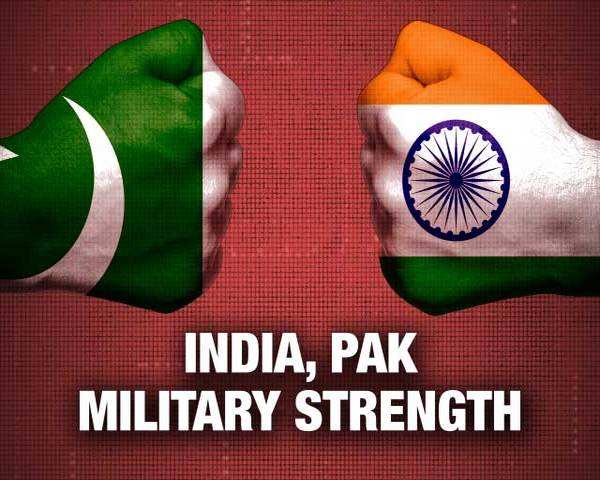










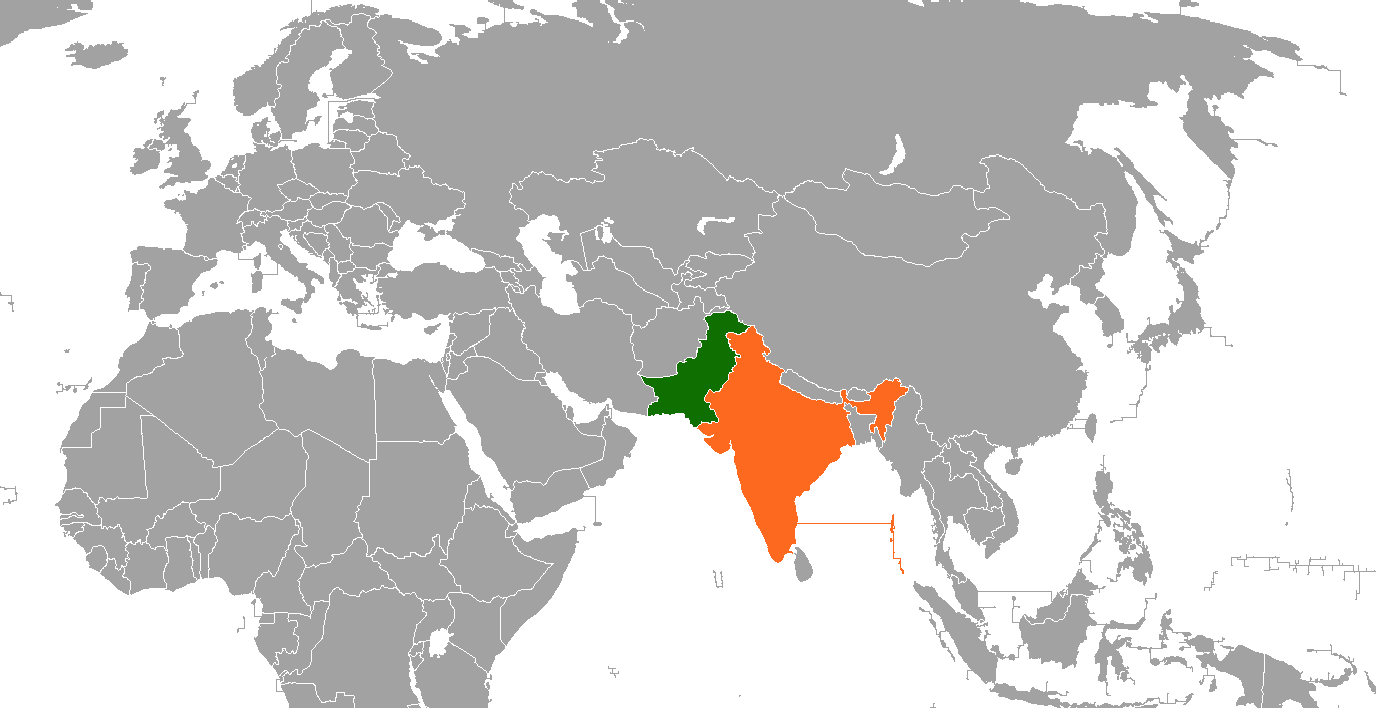

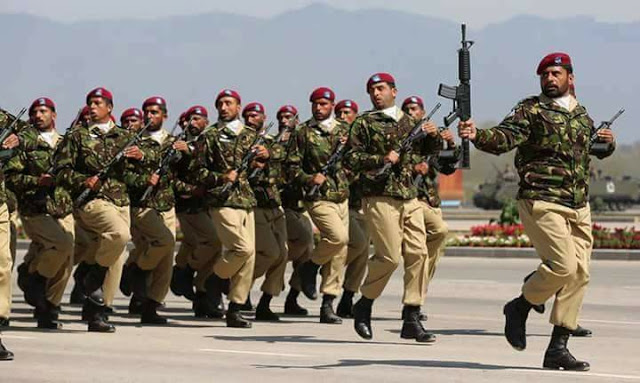





/arc-anglerfish-arc2-prod-mco.s3.amazonaws.com/public/RPOY72ID4RBYFC5U7D35VQEQXA.jpg)
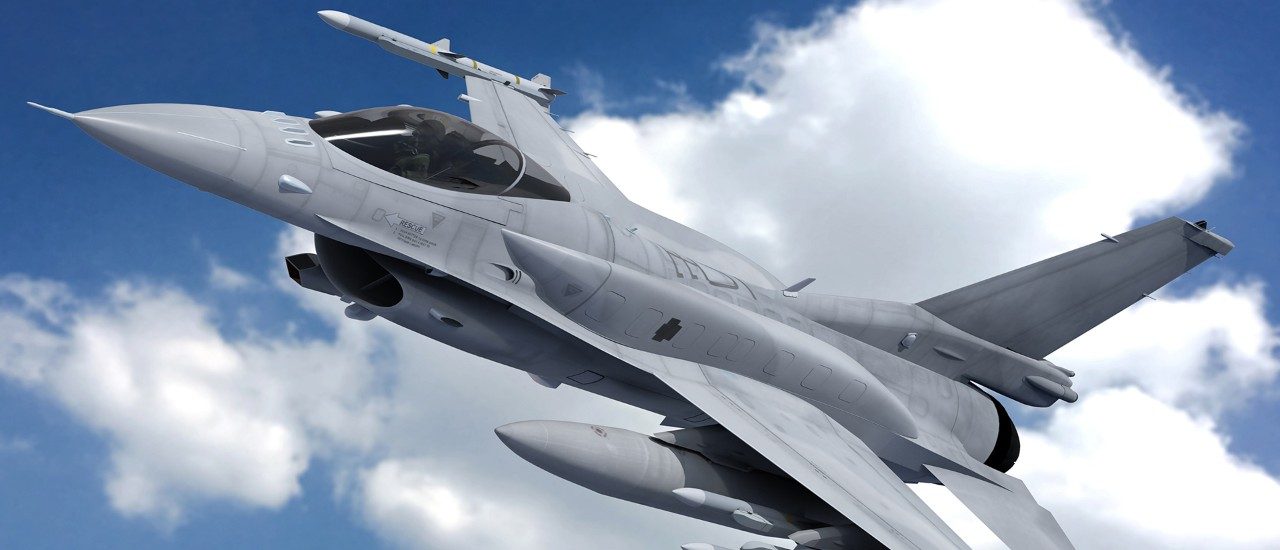

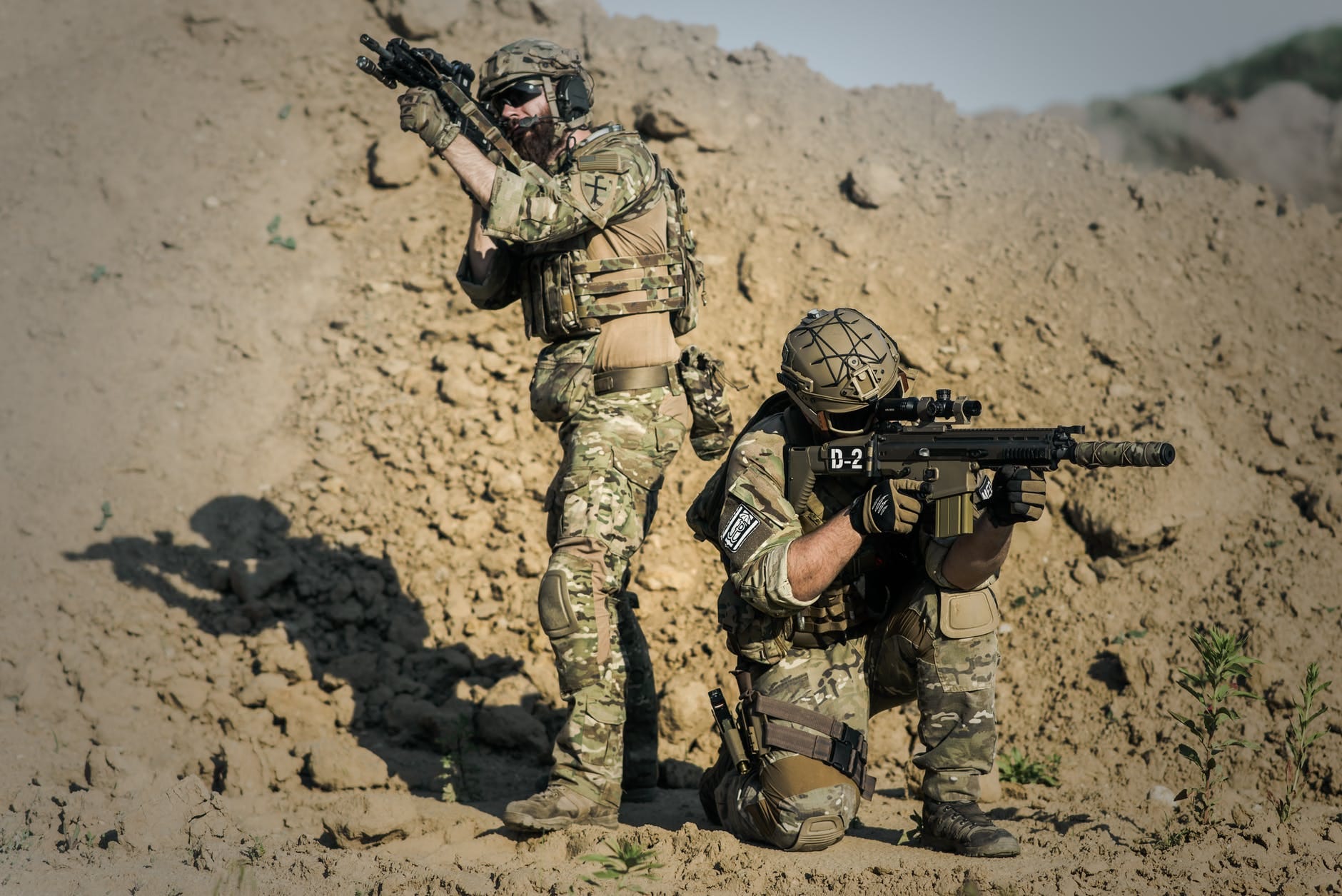








/arc-anglerfish-arc2-prod-mco.s3.amazonaws.com/public/YQPTCP62WFF3VMCYDRCOBUSNBU.jpg)




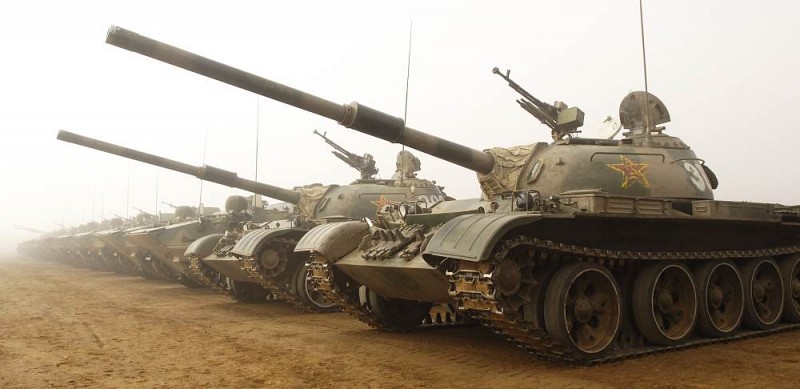
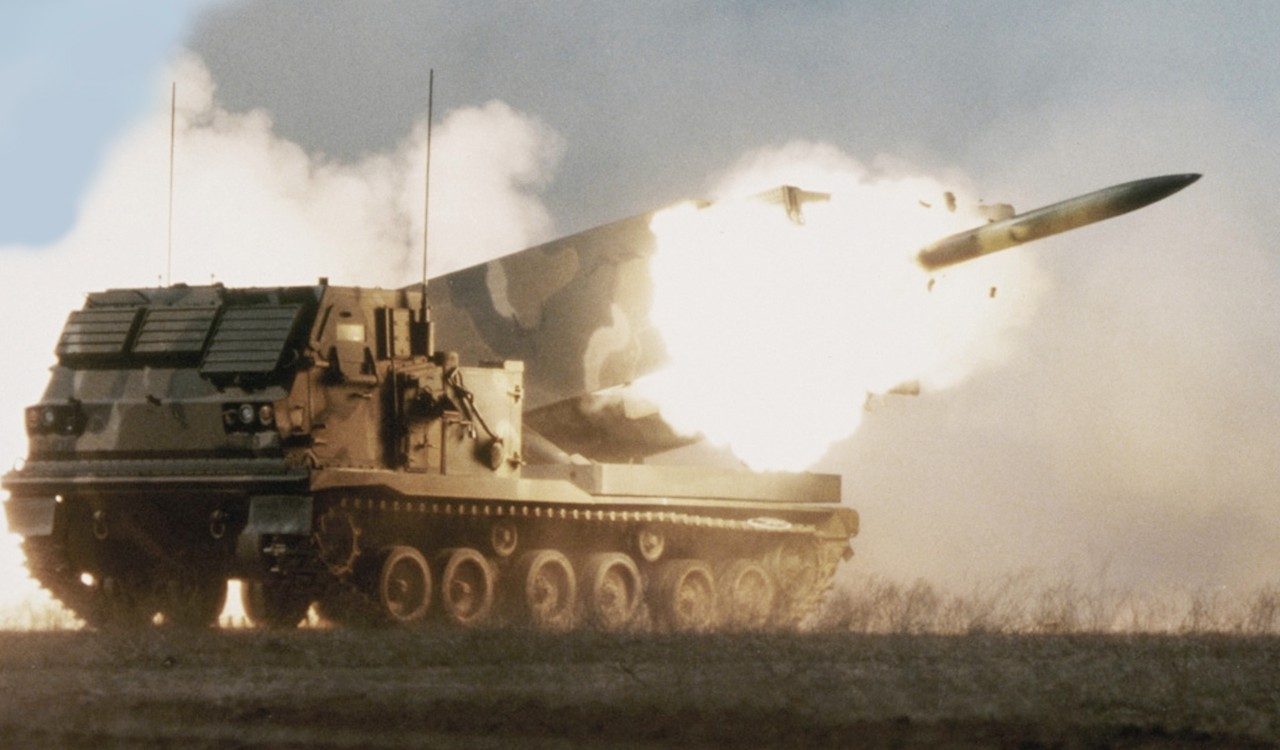

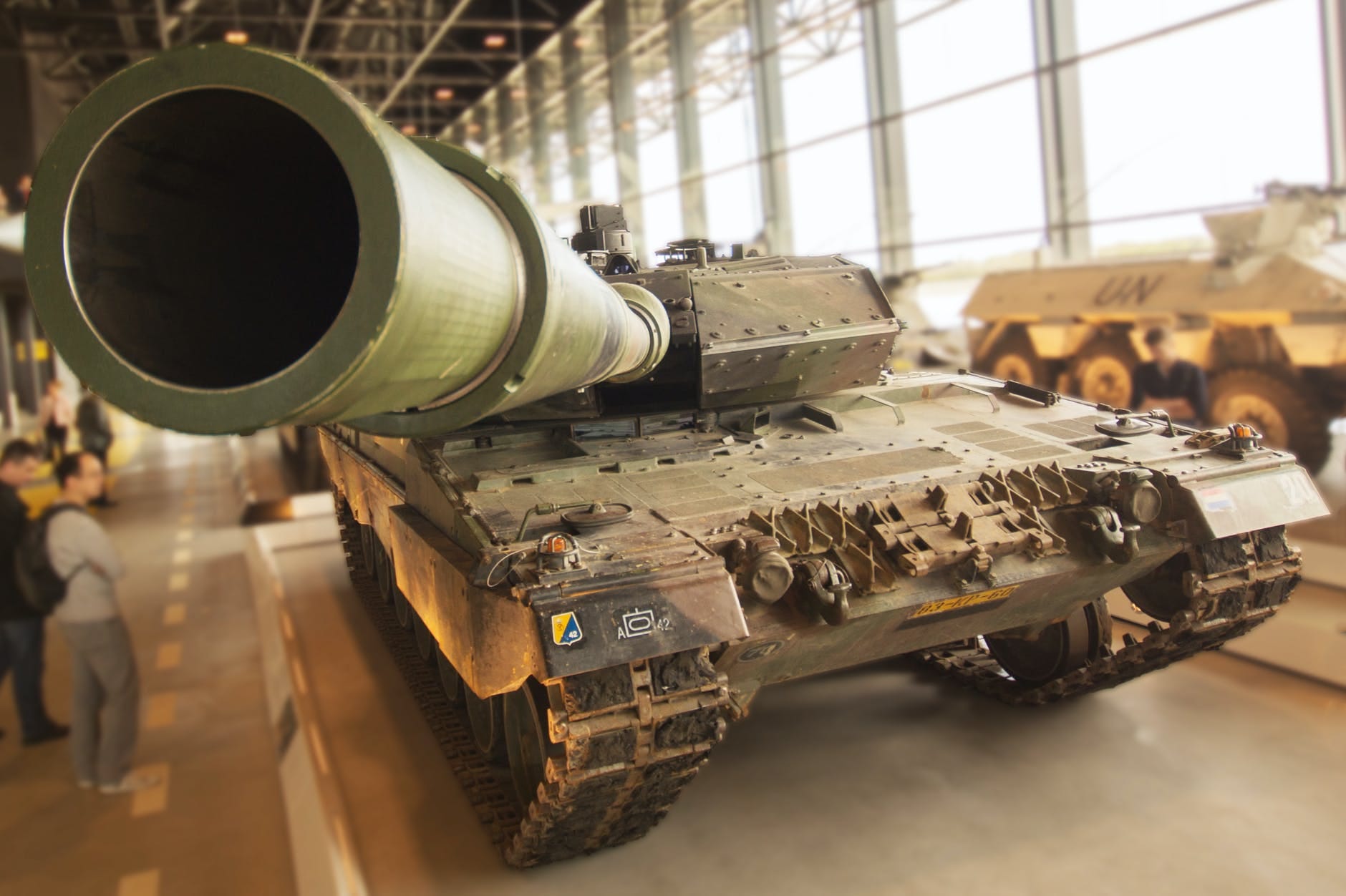
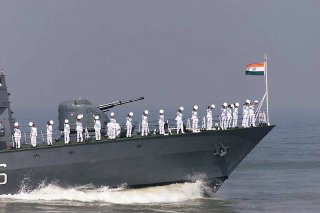

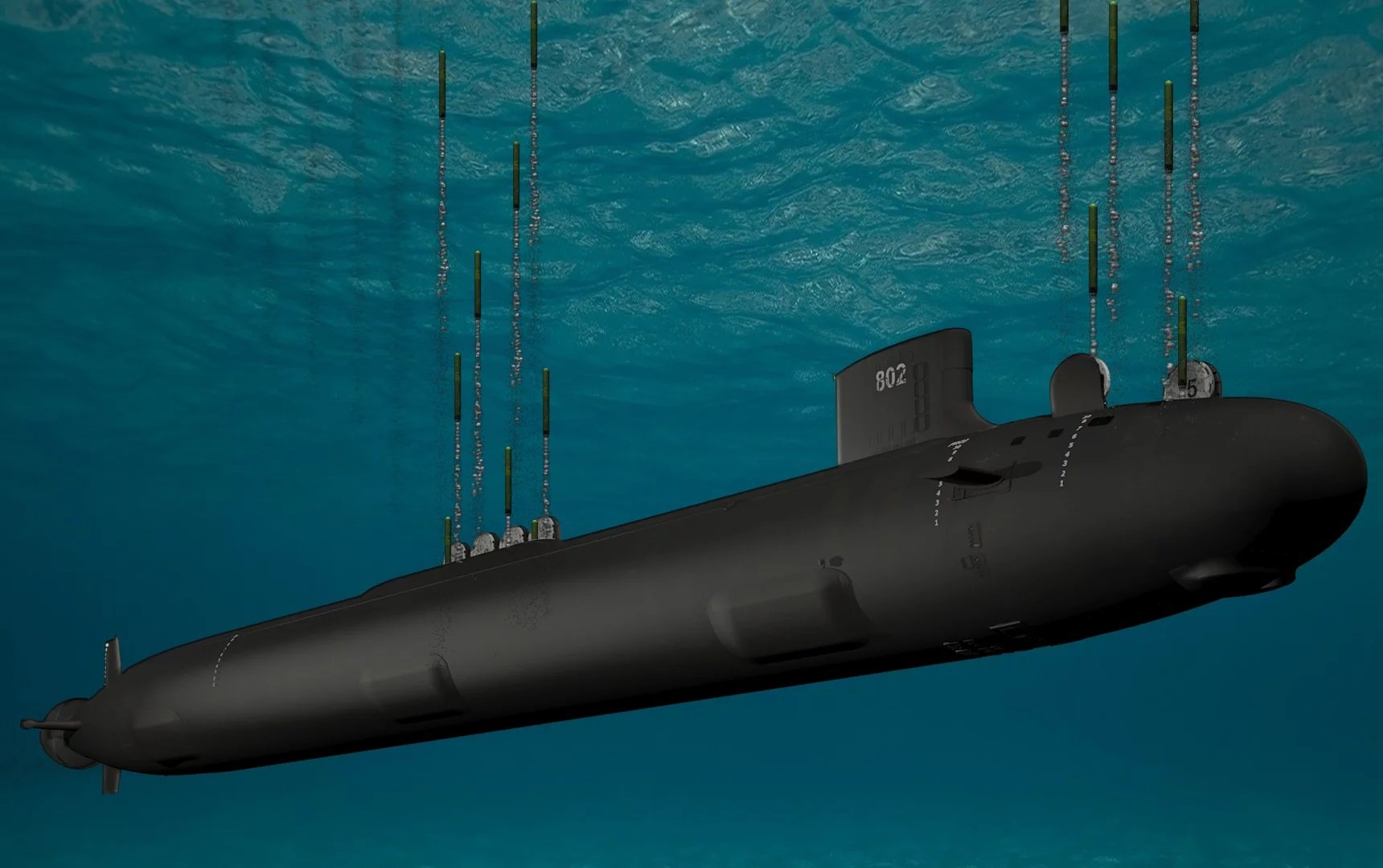

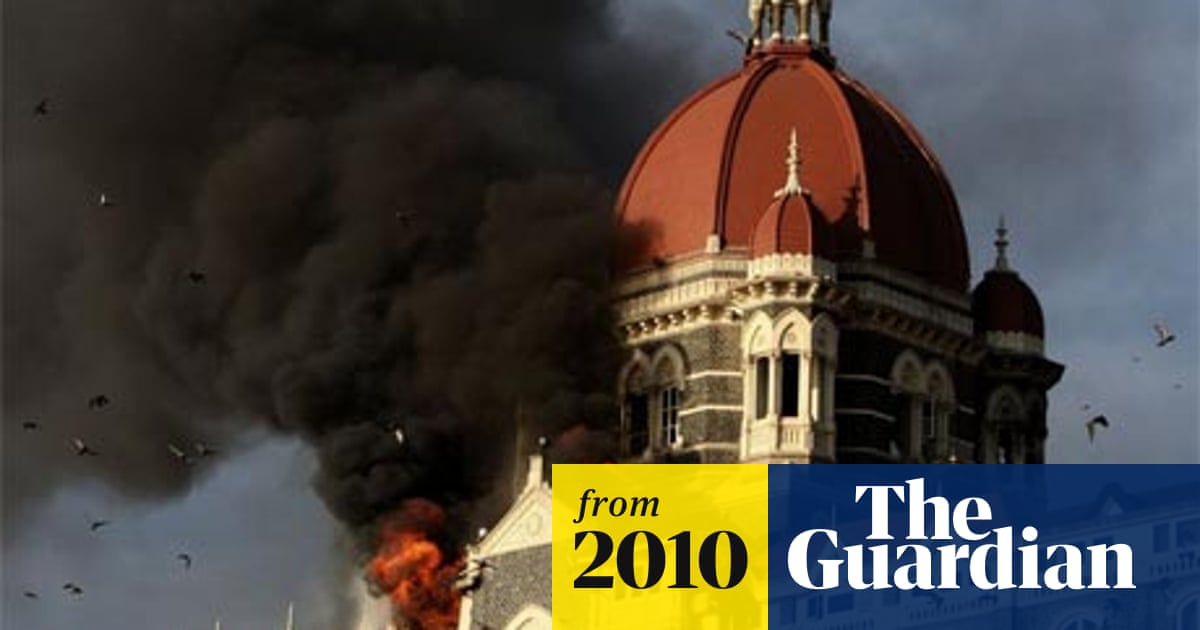





/arc-anglerfish-arc2-prod-mco.s3.amazonaws.com/public/KNFU6AF2JRB5VCMWIDCK2TTG5I.jpg)
.jpg)






Post a Comment